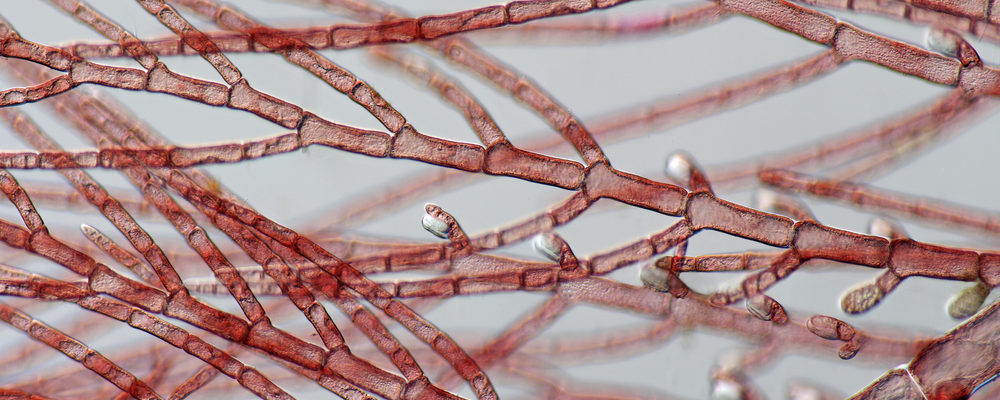
Algae to Omega, a biotech company, has perfected the cultivation of microalgae in a sustainable and environmentally responsible way. This is important because microalgae is becoming a leading agricultural crop, in part due to its versatile array of uses and increased market demand for algae-derived products.
What are Microalgae?
Microalgae are a large and diverse group of aquatic organisms that lack the complex cell structures found in higher plants. Depending on the species of microalgae and the cultivation conditions its grown in, microalgae can produce a range of commercially valuable bioactive compounds, including carotenoid-based antioxidants and Omega-3 fatty acids.
Algae Has Versatile Uses and Ample Benefits
Microalgae contain several bioactive compounds, including polyunsaturated fatty acids (PUFAs), sterols, pigments, proteins and enzymes, vitamins, and several other substances. Thus, microalgae can be commercially cultivated for use in pharmaceuticals, nutraceuticals, cosmetics, as well as animal feed and aquaculture.
The pharmaceutical industry has interest in microalgae due to its antimicrobial, antiviral, antioxidant and anti-inflammatory properties. Similarly the nutraceutical industry has tapped into algae as a sustainable source for PUFAs and carotenoids such as β-Carotene and Astaxanthin. It is these compounds, amongst others, that deliver the antioxidant and anti-inflammatory properties to consumers via dietary supplements.
The PUFAs extracted from microalgae also have cosmetic applications, which has some microalgae species being looked to as the wave of the future for topical skin and body care products. Fatty acids, like those extracted from microalgae are used for cleansing, protecting, and improving the overall appearance of skin. This has resulted in a growing demand for cosmetic products containing microalgae and algal metabolites.
Is Microalgae Superior to Traditional Crops?
The short answer is yes. Unlike traditional agricultural crops, cultivating microalgae requires no arable land, nor the use of pesticides, herbicides or fungicides. Thus, the environmental impact of algae cultivation is not only very low, but far below that of other crops. In fact, due to microalgae’s carbon scavenging properties, the cultivation of microalgae may actually help improve the environmental conditions believed to contribute to global warming.
On average microalgae can double their biomass in 2 to 5 days. Thus, the average microalgae biomass yield far exceeds the yield of most traditional agricultural crops, making algae one of the most prolific and fruitful crops in the world.
Importantly, microalgae actually flourish in suboptimal environments, demonstrating the robustness of microalgae in comparison to traditional crops, which if under similar conditions, would fail to thrive. Indeed, it is actually their biochemical and molecular strategies for dealing with stress, coupled with their vast biodiversity that allows them to synthesize their highly sought after bioactive compounds.
As can be seen microalgae is a versatile organism with many important benefits that span across multiple markets. With this great potential, comes an increased demand; one we are already beginning to see. However, due to the nature of microalgae itself and the way in which we cultivated it, we are confident it is a demand that Algae to Omega can help meet.
To find out more about the cultivation of microalgae reach out to us today.
